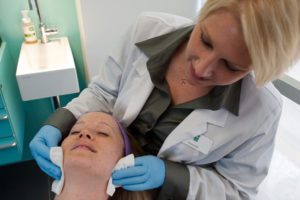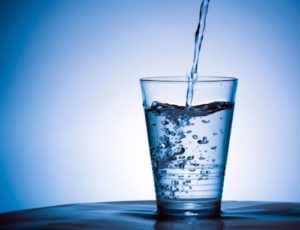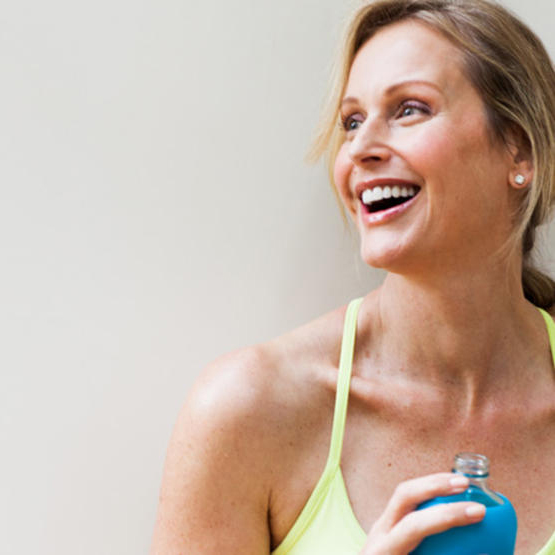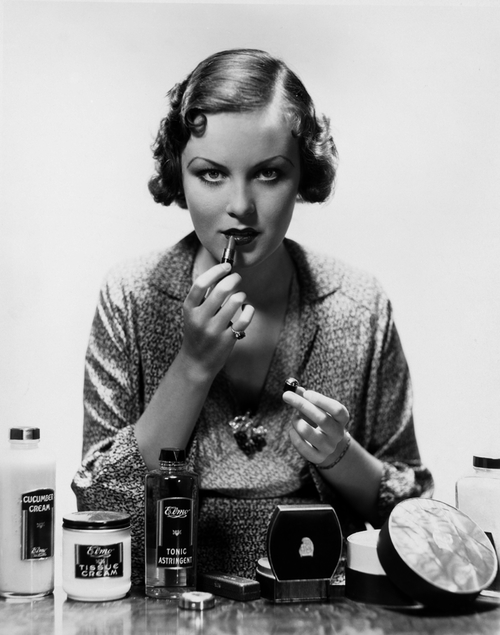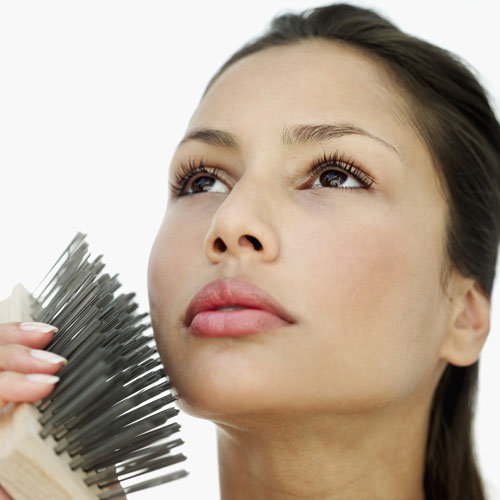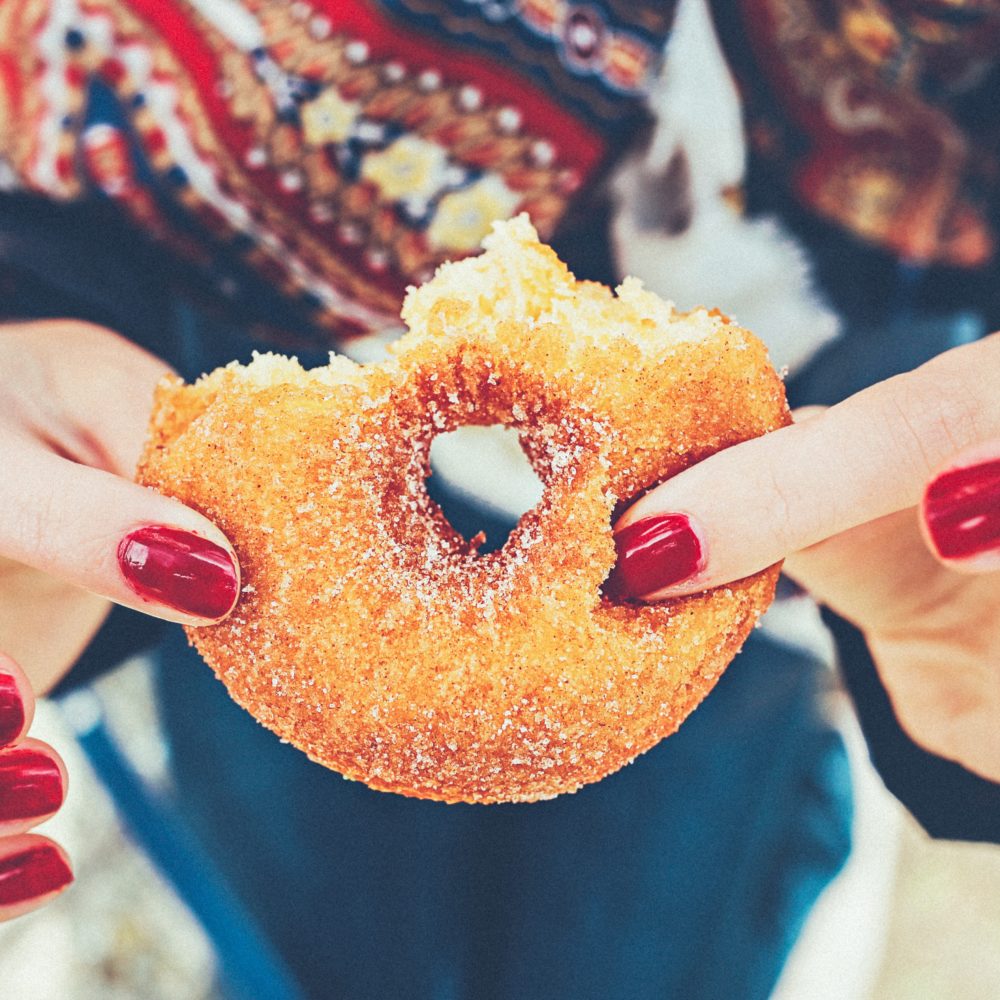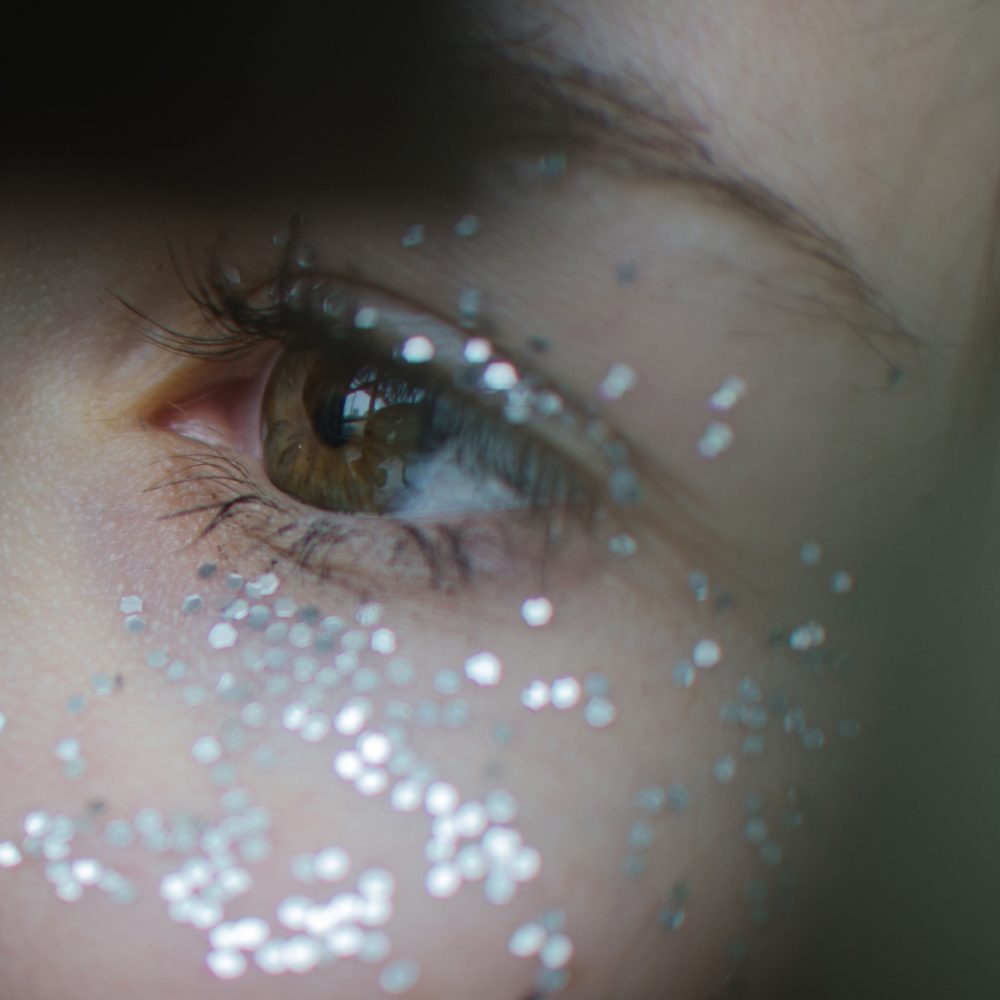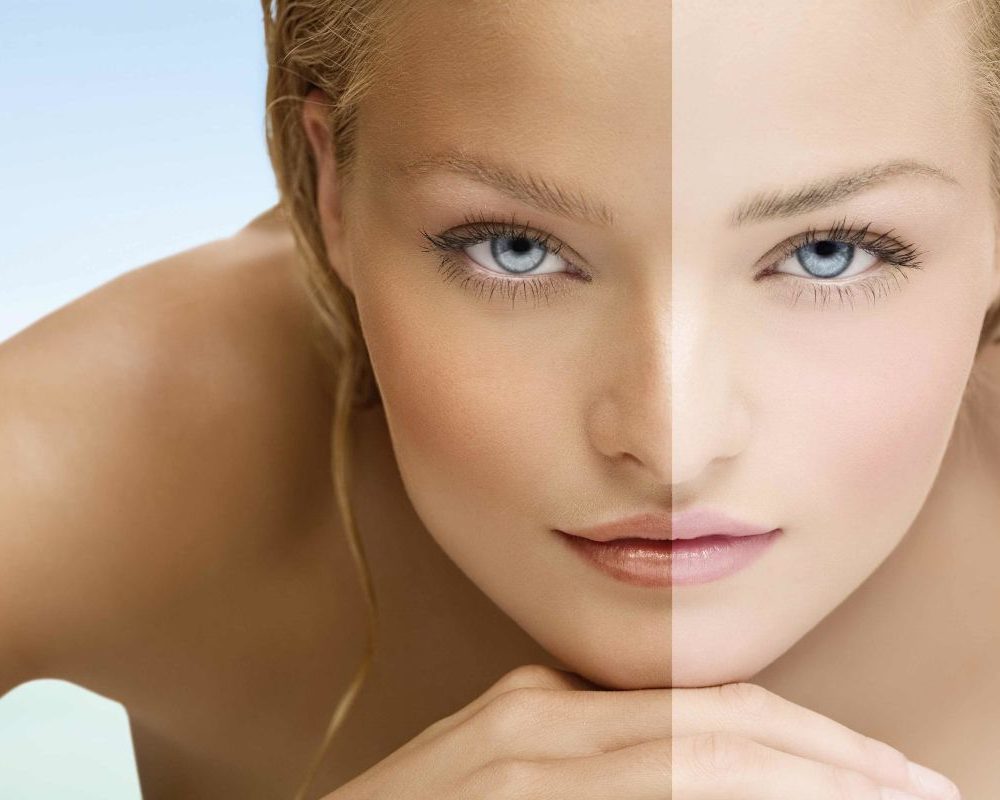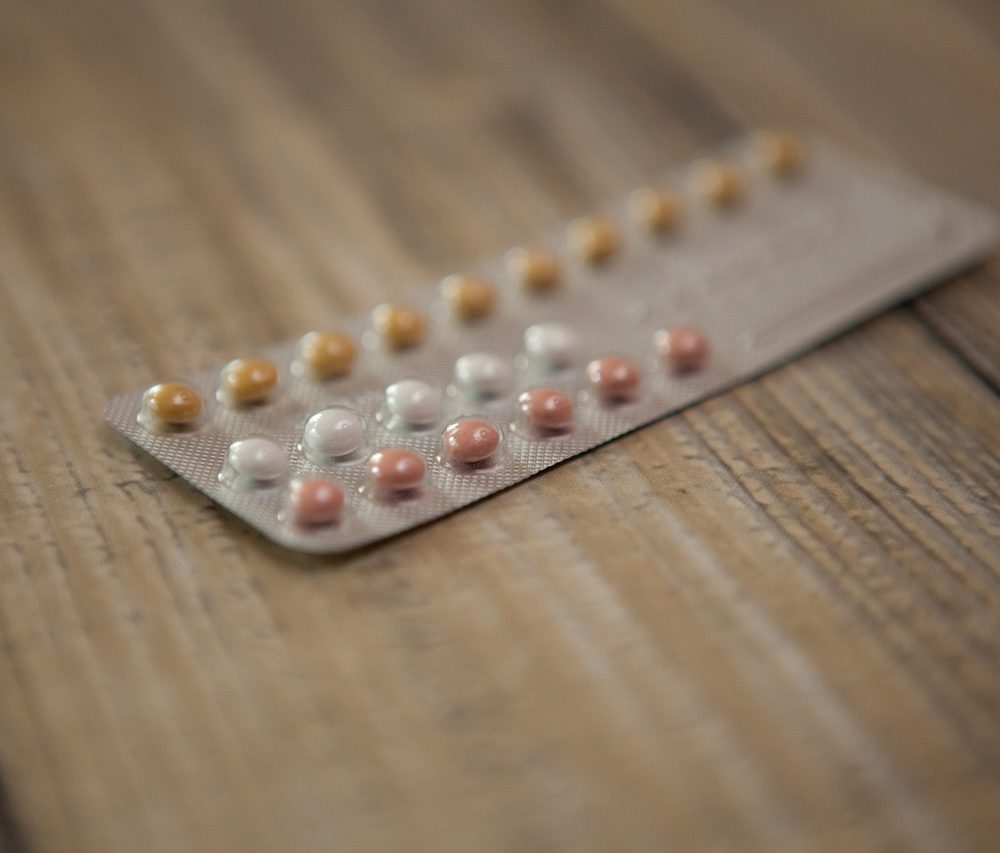This post is from guest blogger Renee Iverson:
When your skin changes, you must change your skin care!
Just as every woman has a different coming of age story or perhaps a unique birthing tale, so it goes with every woman’s journey through menopause. One thing is common among almost all women – they experience changes in the skin.
The hormonal shifts experienced during menopause can wreak havoc on the skin. Where skin was once plump and dewy, often becomes sunken and lackluster. Acne once again rears its ugly head and wrinkles, crinkles and spots seem to appear over night.
In my personal experience, bone dry skin, increased facial hair and deep cystic acne eruptions have become my constant foes. What I have learned in my journey from your average American Mom to Hot Flash Mama is that when your skin changes, you must change your skin care! Soothing your hot skin and hot body is a must to bring relief and quickly heal hormonal breakouts.
Any time your body is having a hot flash, the inflammation cascade is kicked into high gear. One of my favorite soothing products is Soothing Gel Mask. This mask brings comforting moisture and repair-support to any skin type in minutes with an instantly cooling high potency blend of hydrating Panthenol, calming Allantoin and ultra-soothing Sea Whip.
To gently exfoliate, clear up cystic acne and cool at the same time try Purifying Comfort Mask. This gel mask purifies skin’s surface, dissolves dead cells, cools heat and redness and encourages skin to repair itself. It contains a form of Chinese licorice that interrupts the biochemical cascade that leads to redness and other discomfort. This gel also decreases lipase, an enzyme that increases inflammation and irritation in the skin.
Many women experience increased facial hair during menopause. One thing I find, is that most women with unwanted hair are master pluckers! Acne is often the result of plucked hair because it inflames the dermal tissue around the hair follicle causing it to close down and create a pimple. Again the Soothing Gel Mask and the Purifying Comfort Mask are must-have products to soothe the area around the follicle. Pore Purifying Astringent is a wonderful product for cleaning the skin before and after you pluck. Follow that with either of the masks and you will rarely get pimples.
Exfoliating menopausal skin is a must, but many of the methods used in the past can be too harsh and cause unwanted inflammation – the number one cause of aging in the skin. If you find that your skin is not happy with your current routine, it is time for a change! Perhaps you should try Radiance Boost Exfoliating Toner for any skin type needing light exfoliation. This mild exfoliating freshener can be used once or twice daily to brighten, revive radiance and minimize pores.
There are so many variables that go into creating healthy vibrant skin. It is so important to be educated about what is happening with your skin so you can make informed choices about its care. A facial with a licensed aesthetician and skin care expert – someone who knows skin care ingredient chemistry and skin physiology is an essential step on your journey to beautiful skin for the rest of your life!
Renee Iverson is the resident Aesthetician at Mountain Sun in Kirkland, WA. She is all about focusing on techniques to improve the look, feel and function of the skin with an emphasis on long-term healing and rejuvenation modalities. She has earned continuing education credits from UCLA Extension studying ingredient chemistry, skin physiology, and advanced skin care ingredients for specific skin conditions. You can follow her on Twitter.

